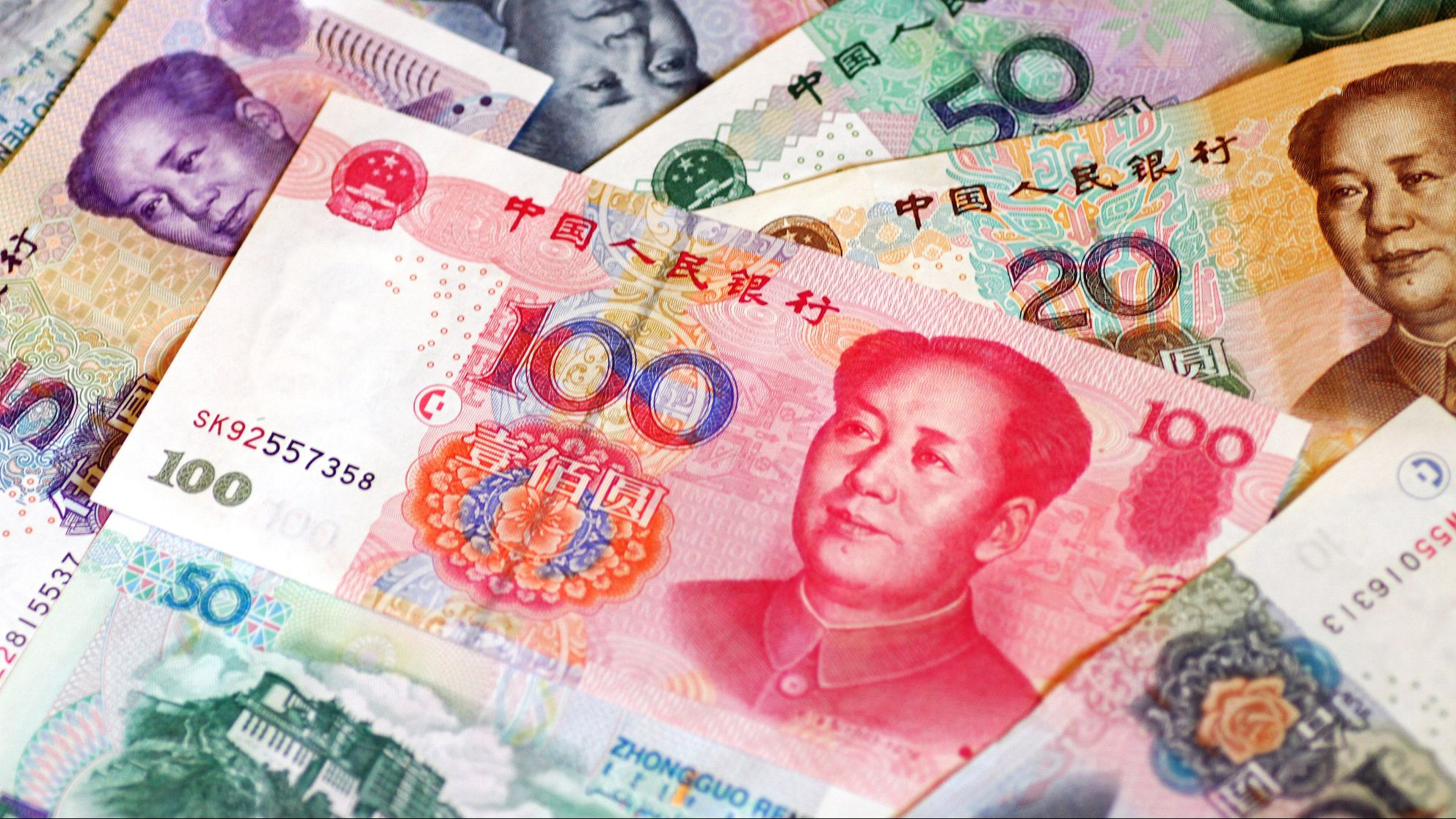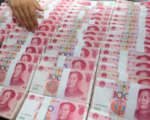Chinese Yuan Reaches 16-Month High Against US Dollar Amid PBOC Stimulus Measures

China’s yuan surged to its highest level in over 16 months on Wednesday, boosted by a series of stimulus measures introduced by the People’s Bank of China (PBOC) to bolster the slowing economy. The offshore yuan briefly appreciated to 6.9946 per dollar, a level not seen since May 2023. Similarly, the onshore yuan traded at 7.0319 against the greenback, marking its strongest performance since last May.
While the yuan’s rise is seen as a positive outcome of the PBOC’s policies, analysts caution that a stronger currency could hurt China’s export sector. Wei Liang Chang, FX and credit strategist at DBS, warned that policymakers must be careful not to allow the renminbi’s appreciation to weigh on the fragile economy. “Weak growth and low inflation in China should put pressure on the RMB going forward,” noted Edmund Goh, head of China fixed income at abrdn.
Ben Emons, founder of Fed Watch Advisors, added that rapid yuan strengthening could add deflationary pressure to China’s exports, which are already under strain. Unlike the U.S. dollar or Japanese yen, the Chinese yuan operates within a controlled exchange rate system. Onshore yuan trades within a 2% range around the midpoint set by the PBOC, while offshore yuan—traded mainly in Hong Kong, Singapore, and New York—faces fewer restrictions, allowing for greater market influence.
Despite the upward momentum, some experts expect the offshore yuan (USDCNH) to dip below 7.0 in the coming months. Zerlina Zeng, head of Asia Credit Strategy at CreditSights, predicts that China’s pro-growth stance and potential easing from the Federal Reserve could lead to further yuan appreciation.
Tuesday’s announcement by the PBOC included key moves such as cutting the reserve requirement ratio (RRR) by 50 basis points and lowering the 7-day repo rate by 0.2 percentage points. PBOC Governor Pan Gongsheng described these actions as necessary to alleviate the “clogged” monetary transmission channel, hindered by the property sector’s drag on bank balance sheets and a resulting “crisis” in consumer confidence.
Following the central bank’s stimulus, China’s bond market saw increased demand, with 10-year and 30-year bond yields hitting record lows. Stronger bond demand generally strengthens a country’s currency, and Chinese bonds rallied accordingly. Yields on 10-year bonds rose by 5 basis points to 2.074%, while 30-year bond yields reached 2.182%.
Chinese equities also responded favorably. The Hang Seng Index in Hong Kong posted its best performance in seven months, while the CSI 300 Index on the mainland saw its largest one-day gain in over four years.





















